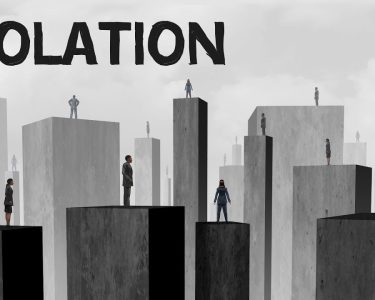Introduction:
In today’s interconnected world, multicultural societies are becoming increasingly common. People from diverse backgrounds, cultures, and beliefs are living and working together, creating a rich tapestry of experiences and perspectives. However, this diversity can also lead to challenges and conflicts if not managed properly. In this article, we will explore the importance of building bridges instead of walls in a multicultural society and how unity can be a powerful force for positive change.
1. Embracing Diversity:
One of the key aspects of a multicultural society is the celebration and acceptance of diversity. Instead of viewing differences as barriers, we should embrace them as opportunities for growth and learning. By recognizing and appreciating the unique contributions that each culture brings, we can foster an environment of inclusivity and respect.
2. Breaking Down Stereotypes:
Stereotypes and prejudices often arise from a lack of understanding and exposure to different cultures. Building bridges involves actively challenging these stereotypes and promoting cultural exchange. By engaging in open dialogue, sharing experiences, and learning from one another, we can break down barriers and foster empathy and understanding.
3. Promoting Social Cohesion:
A united multicultural society is built on the foundation of social cohesion. This means creating an environment where individuals from different backgrounds feel a sense of belonging and connection. By promoting equal opportunities, ensuring access to education, healthcare, and employment, and addressing systemic inequalities, we can create a society where everyone can thrive.
4. Enhancing Economic Growth:
Multicultural societies have the potential to drive economic growth and innovation. When people from diverse backgrounds come together, they bring a wide range of skills, knowledge, and perspectives. This diversity can lead to the development of new ideas, products, and services, ultimately benefiting the economy as a whole.
5. Strengthening Social Fabric:
Building bridges in a multicultural society strengthens the social fabric by fostering social trust and cooperation. When individuals from different backgrounds interact and collaborate, they develop a sense of shared identity and purpose. This sense of unity can help overcome divisions and create a more harmonious and resilient society.
6. Resolving Conflicts:
Conflicts are inevitable in any society, but in a multicultural society, they can be particularly complex. However, by building bridges and promoting dialogue, conflicts can be resolved in a peaceful and constructive manner. By encouraging open communication, empathy, and compromise, we can find common ground and work towards mutually beneficial solutions.
Conclusion:
In a world that is becoming increasingly interconnected, building bridges instead of walls is crucial for the success and well-being of a multicultural society. Embracing diversity, breaking down stereotypes, promoting social cohesion, enhancing economic growth, strengthening the social fabric, and resolving conflicts are all essential components of this process. By harnessing the power of unity, we can create a society that celebrates and thrives on its multiculturalism, ultimately leading to a more inclusive, prosperous, and harmonious future for all.




